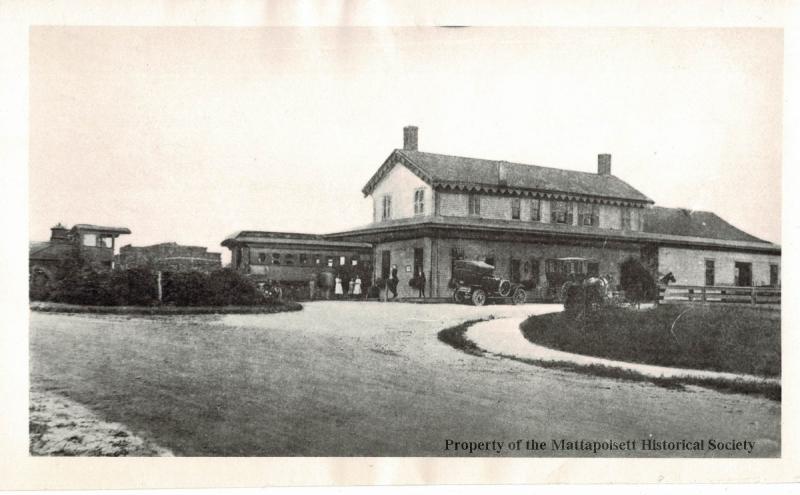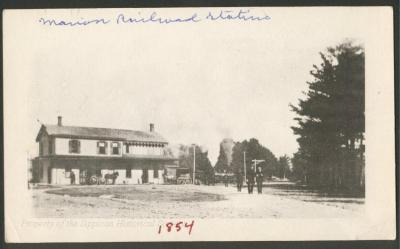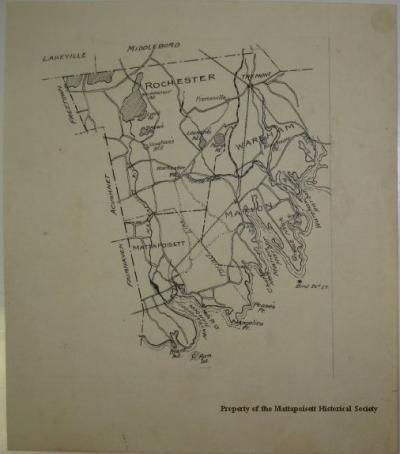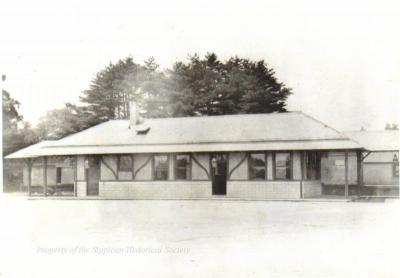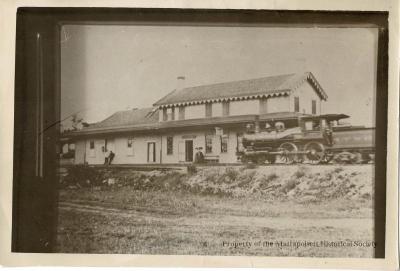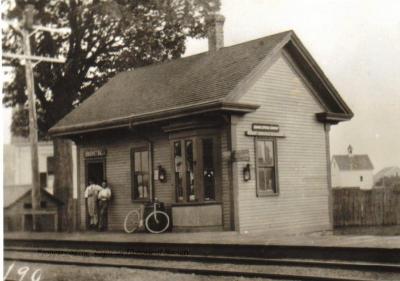Tracking down the history of Tri-Town train travel
No trains run through Marion, Mattapoisett and Rochester today. But, in the early 1900s, residents had easy access to rail travel to Boston, New York and Cape Cod.
The Fairhaven Railroad branch began its in namesake town, ran through Marion and Mattapoisett and ended at the Tremont station in West Wareham. There, riders could connect to the Cape Cod line or the Boston line.
The Mattapoisett station was on Railroad Avenue and passengers could take the train in the 1920s all the way to Boston for $2.30.
Marion had two railroad stations that are no longer active. The first station was built at 381 Front St, which now serves as the home of Countryside Child Care Center. Another station was built across the street. This one was nicer than the original and serviced a slightly more premium line than the normal commuter rail.
The Fairhaven Branch Railroad was chartered in 1849 and after delays, the first train from Fairhaven to Mattapoisett ran in 1854. By August of that year, the line extended to West Wareham, which began regular service on October 2.
It was part of a larger railroad system that connected New York, New Haven and Boston and served Mattapoisett and Marion for almost 100 years. As use of rail travel declined, passenger service was ended in 1935 and freight service in 1953.
The “dude” train was a private charter service that was used by wealthy businessmen to commute to and from Boston during the summertime. The train originally ran from Boston to Woods Hole in 1884, but a second train was added in 1892 to service Marion and Mattapoisett. Each member paid an annual subscription fee to use the service on top of regular fares.
Rochester was not directly connected to the Fairhaven Branch, but the Tremont station was near the Rochester/West Wareham border, so there was easy access to the line. Photo evidence shows that freight services stopped in the town, as the Adams Express Company housed a stop there.
Although the railroad network in each town was short-lived in comparison to other period train lines across the country that survive to this day, they were influential in the development of the Tri-Town as a destination and a place to settle.



